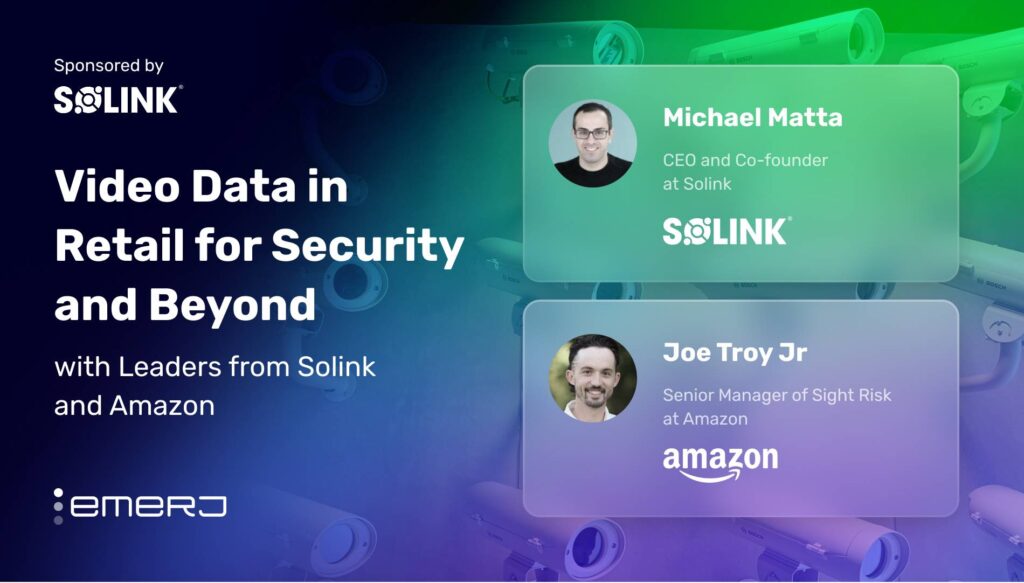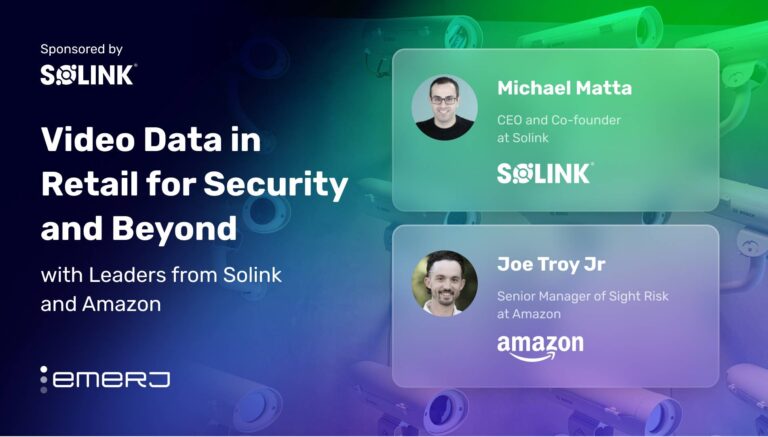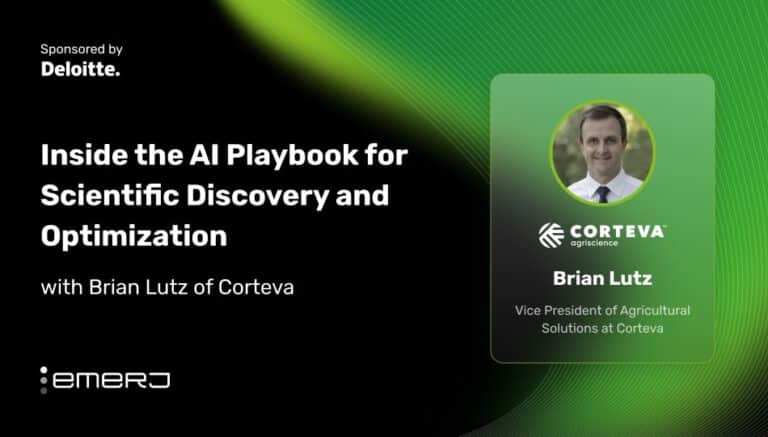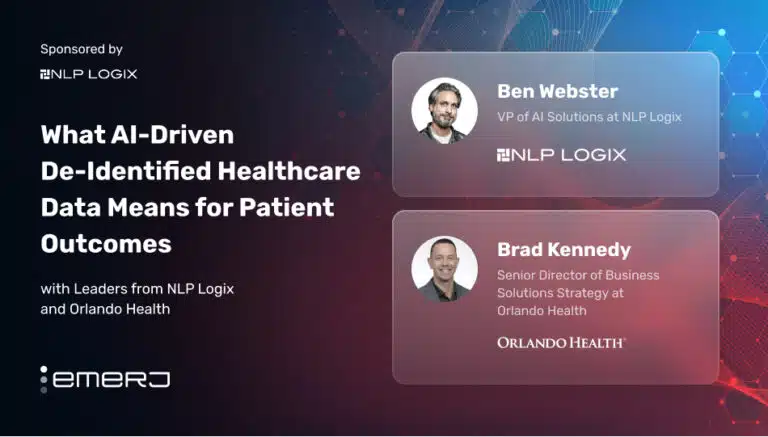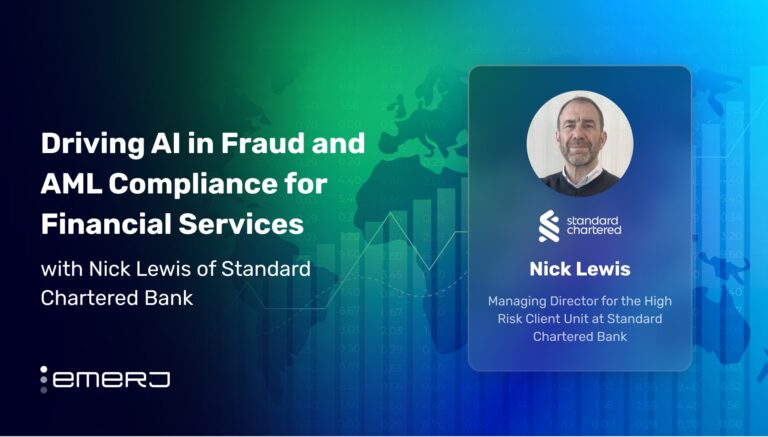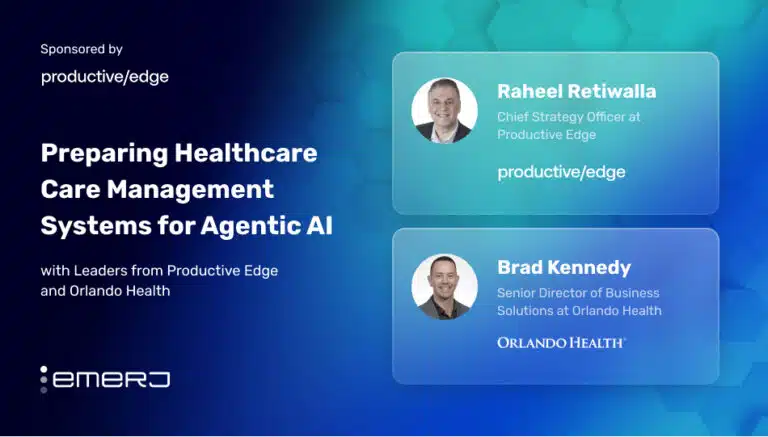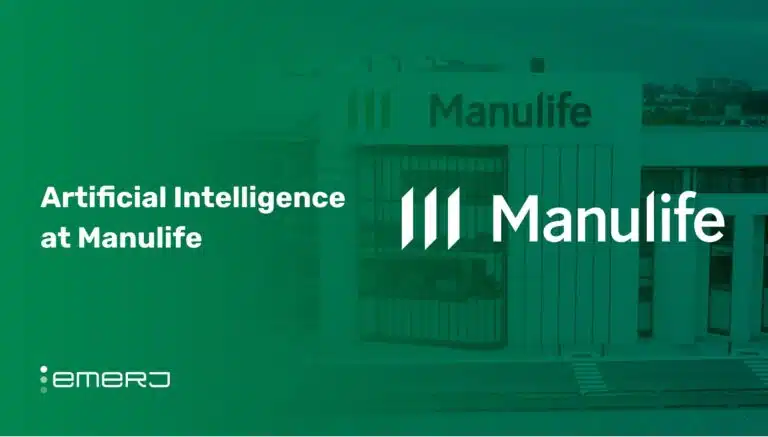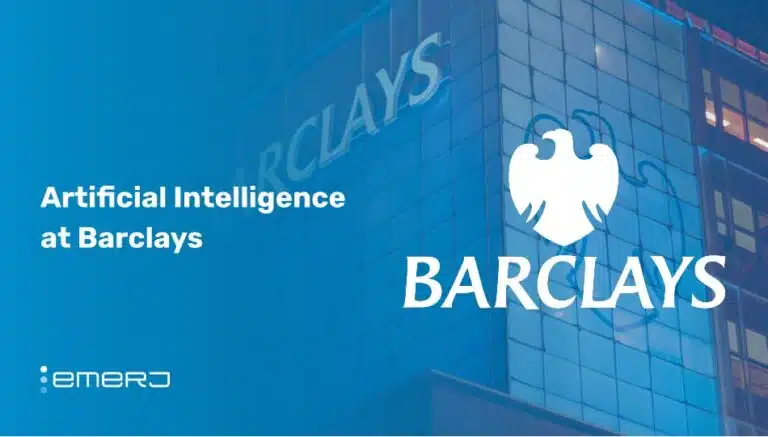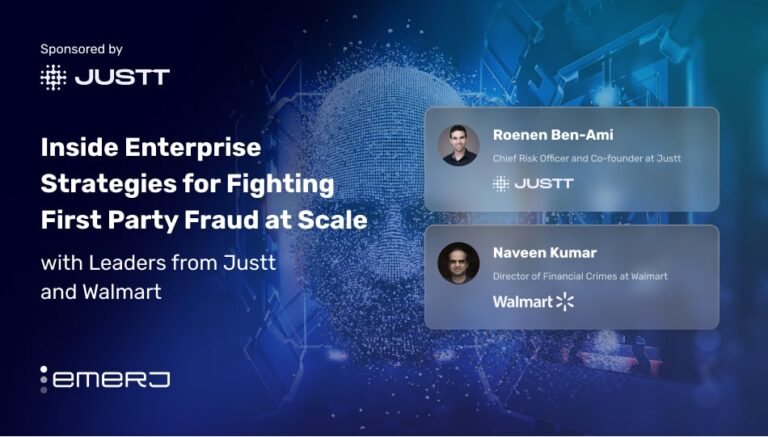This article is sponsored by Solink and was written, edited, and published in alignment with our Emerj sponsored content guidelines. Learn more about our thought leadership and content creation services on our Emerj Media Services page.
Retailers are facing a surge in both organized retail crime (ORC) and internal theft, resulting in massive financial losses. In 2023, the US saw a significant increase in retail theft, with shoplifting incidents jumping 93% compared to pre-pandemic levels. Retailers reported an average of 177 shoplifting incidents per day, with some sectors experiencing over 1,000 incidents daily, according to the National Retail Federation.
In addition to the overall increase in offences, the British Retailers Consortium (BRC) notes that retailers have expressed their dissatisfaction with the police response to such incidents. The BRC report explicitly mentions that retailers estimated they had reported over a third of incidents of violence and abuse (171,608) to the police in 2022/23, with an estimated 8% (38,135) resulting in prosecution and 19,067 resulting in conviction.
A report from the UK-based ONS Centre for Crime and Justice found that the main reasons retailers provided for failing to report such incidents were a lack of expectation that it would make any difference and a lack of staff time.
Emerj Editorial Director Matthew DeMello recently had a conversation with Mike Matta, CEO and Co-founder of Solink, and Joe Troy, Senior Risk Manager at Amazon, to discuss the shift from traditional video surveillance to AI-powered systems that act as real-time decision engines across retail operations.
Their conversation highlights how AI-enabled video shifts surveillance from passive monitoring to an intelligent, real-time system that enhances decision-making, reduces risk, and drives business value across departments.
- Prioritizing signals to reduce noise: Leveraging AI to filter and prioritize security data to enable loss prevention teams to shift their focus from managing noise to addressing real incidents.
- Accelerating risk detection with AI: Using AI-powered video to deliver real-time alerts drastically reduces investigation time and prevents losses before they escalate.
Prioritizing Signals to Reduce Noise
Episode: Tackling Retail Crime and Loss Prevention with AI-Driven Video Security – with Mike Matta of Solink
Guest: Mike Matta, CEO and Co-founder of Solink
Expertise: Entrepreneurship, Leadership, Business Development
Brief Recognition: Mike has a rich background in the tech and security industries. Before co-founding Solink, he held significant roles at Bell Canada and Salesforce.com, where he worked on business development and technology integration. He did his Bachelor’s of Applied Science (BASc) in Electrical Engineering from the University of Waterloo.
Mike opens the podcast by explaining that security cameras now act like “Google Analytics for physical spaces,” offering insights across operations, IT, and HR. By unlocking visibility, companies can identify patterns, such as queue abandonment or understaffing, and take action in real-time. Cameras, he says, are no longer just part of security; they’re central to vision-enabled operations that support smarter, cross-functional decision-making.
He explains that leaders are increasingly using this video data to understand customer flow, product movement, and engagement patterns, which previously required expensive, hard-to-deploy niche solutions. With no added hardware, video becomes a simple yet powerful source of insight across departments.
He outlines how video has become the most critical sensor in modern retail environments, providing security, real-time operational visibility, informed decision-making, and proactive threat response.
He details the change by emphasizing several pivotal factors:
- Making cameras the most valuable sensor in retail
Cameras now provide a rich data stream, showing not just what’s happening but how people behave in-store. They offer a real-time feedback loop that systems like POS or inventory management can’t, effectively becoming the eyes of the business. - Scaling awareness with AI
While cameras capture everything, no one can watch hundreds of feeds across stores. AI surfaces only relevant footage, helping retailers focus on the right incidents without being overwhelmed. - Turning video into a workforce with generative AI
With generative AI on video, the system not only alerts but also acts on the data it is processing. It flags incidents, interprets events, and can even speak through speakers to deter crime, transforming video from a passive sensor into an active virtual employee. - Replacing false alarms with verified threats
Traditional alarm systems often trigger false positives, leading to low-priority police responses. Now, with AI-verified video alarms, agents can visually confirm real threats in real time. Law enforcement can respond with higher urgency, resulting in faster arrival times and better apprehension rates.
Ultimately, he explains that retail environments generate a vast amount of data, but the challenge isn’t the lack of data—it’s having the correct data at the right time. AI solves this by prioritizing and filtering information, enabling security teams to focus on real threats instead of being overwhelmed by noise, such as false alarms or irrelevant events.
“A security leader’s role today is mainly about managing noise—false alarms, minor events, and incidents that rarely require action. In most cases, only about 5% of what surfaces is a real signal requiring a response. With AI, we can invert that ratio.
By prioritizing and filtering out the noise, AI allows loss prevention and security professionals to focus almost entirely on meaningful threats. That shift fundamentally changes the skill set required. When teams spend the majority of their time responding to real incidents rather than triaging false positives, their decision-making sharpens and their impact improves.”
— Mike Matta, CEO and Co-founder of Solink
Accelerating Risk Detection with AI
Episode: Inside the New Era of Loss Prevention with Video Intelligence – with Joe Troy of Amazon
Guest: Joe Troy, Senior Manager of Site Risk, Amazon
Expertise: Asset Protection & Loss Prevention, Risk Management
Brief Recognition: With over 20 years of experience, Joe is adept at setting standards to enhance the customer experience, deter theft, and increase sales. He has previously worked with notable companies such as Rent the Runway, J.Crew, Walmart, and Toys R Us in various roles related to asset protection and loss prevention. He graduated with a degree in Criminal Justice from Temple University and holds a Master’s degree from the University of New Haven.
Joe explains that traditional surveillance is often perceived as outdated, reactive, labor-intensive, and associated with manual video monitoring. But AI is changing that. It’s transforming how physical businesses, such as retail, hospitality, logistics, and facilities management, handle investigations, safety, and staffing.
He highlights three key AI benefits: speeding up video review by auto-tagging clips, delivering real-time fraud and safety alerts, and freeing teams to focus on training and service. The shift also helps security teams engage more with staff, improving morale and customer satisfaction.
Joe explains how the use of in-store data has evolved from manual tools, such as heat maps and traffic counters, to more advanced, AI-powered video analytics. While traditional tools could show where shoppers lingered or how they navigated aisles, they couldn’t distinguish between a person, an object, or a compliance issue. Now, with video integrated into the system, businesses can identify whether an object is a buying customer, a safety concern, or a compliance violation.
The enhanced visibility enables retailers to make more informed decisions about shelf placement, aisle layout, and store operations, marking a significant upgrade to tools that have been in use for decades.
Joe outlines a few key strategies for successfully deploying AI-enhanced video tools in organizations that may be hesitant or resistant to change:
- Frame It as Enablement, Not Enforcement:
Position AI as a tool to support teams, not as a means to monitor them. It’s there to prove what’s working and fix what’s not, removing guesswork from decision-making. - Tie AI to Specific Business Goals:
Start by identifying a clear, customer-focused problem, such as improving foot traffic or optimizing line management, and demonstrate how AI directly addresses it. - Pilot and Build Champions:
Launch small-scale pilots and celebrate early wins. Use those success stories to create internal advocates who can speak to how AI saved them time or improved results. - Make the Data Immediately Actionable:
Don’t just show dashboards; tie insights directly to a decision the team can act on this week, especially if it aligns with their performance metrics.
“It’s important to understand that this isn’t about replacing human insight — it’s about eliminating manual tasks so teams can focus on what truly drives the business. AI-powered video is an enhancement, not a threat.
When implemented thoughtfully, it becomes a cross-functional intelligence layer that supports better decision-making across operations, marketing, training, and customer experience.”
–Joe Troy, Senior Manager of Site Risk at Amazon


